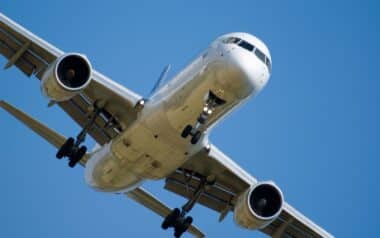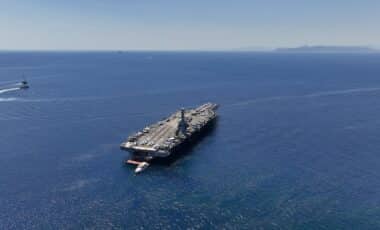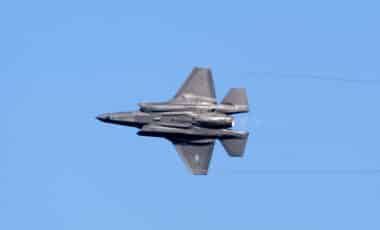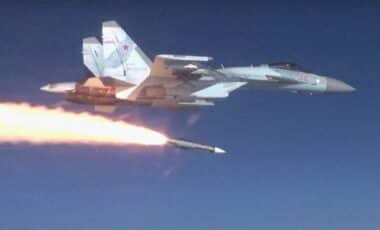Fighter Aces of the Great War by Stephen and Tanya Wynn
Review By Ben Powers
Fighter Aces of the Great War is an interesting discussion of facets of World War One aviation, rather than a comprehensive look at the evolution of aerial combat between 1914 and 1918. Stephen and Tanya Wynn focus on the phenomenon of successful fighter pilots, those dubbed “aces” after achieving five victories over enemy aircraft. The book is divided into eight chapters; however, they are not of uniform length. Chapter two, which contains brief biographical essays of some of the more famous aces the war produced, is the heart of the book, covering almost half of its 177 pages. The remaining chapters focus on various subjects, such as how each belligerent nation gave pilots credit for victories and the standards, they established to designate successful flyers as aces; pilot training and various aircraft flown by each nation. The Wynns make little attempt to place the air war into the strategic context of the conflict, other than one chapter devoted to the particularly brutal month of April 1917, which took a high toll on British Royal Flying Corps units on the Western Front.
The biographical sketches in chapter two focus heavily on the Royal Flying Corps. Of the twenty-seven pilots mentioned, seventeen British and Commonwealth pilots, with seven Germans, one Frenchman and two Americans comprising the remainder. One of the Americans is the very interesting character Raoul Lufbery, a pre-war adventurer who flew for France and earned his reputation as an while a member of the Lafayette Escadrille. Once the United States entered the war on the side of the Allies, Lufbery became a member of the American Air Service and subsequently lost his life on 19 May 1918 during an engagement with enemy aircraft. Lufbery fell from his death from a burning plane while pursuing a German Albatross fighter in the vicinity of Nancy, on the Western Front. The character descriptions provide very little pre-war background on the pilots, concentrating instead on their flying careers. Given the personal character of World War One aerial fighting, particularly between 1914-1916, the men described routinely exposed themselves to danger and subsequently earned an impressive array of personal decorations. The Wynns include the official citations for these awards, which provide a sense of immediacy and comprise some of the most interesting reading in the chapter.
While the individual descriptions are interesting, the book becomes repetitive with the recitation of each man’s achievements. The book does not adequately explain the roles of combat aviation in reconnaissance and artillery spotting, the evolution of fighter aircraft to protect observation planes and pursue enemy fighters or the emphasis on formation flying and ground attack in support of infantry as the war progressed, thus the purpose of air warfare itself becomes obscured by the descriptions of each ace’s flying career. The value of aviation lay in restoring visibility of enemy movements to commanders and staffs, as traditional horse mounted cavalry lost their ability to maneuver in a ground war marked by extensive entrenchments and automatic weapons. As the value of aerial reconnaissance grew, attacks against observation aircraft became legitimate military missions, and the best weapon against an aircraft was another aircraft. The attack and defense of these assets provided the impetus for arming airplanes and the development of fighter or pursuit squadrons. None of this adequately explained by the authors. Additionally, the book devotes only five pages to the discussion of pilot training and four pages to the World One airplanes as machines. These sections fail to enhance the audience’s understanding of how standards, professionalism and technology progressed throughout the war in order to achieve some form of qualitative advantage over the enemy in order to break the stalemate on the Western Front.
The Wynn’s book does contain many interesting black and white portraits of the aces mentioned, however there are very few illustrations of airplanes, no technical data describing the capabilities and weaknesses of various aircraft, nor any diagrams of aerial tactics. Maps placing locations of flying squadrons in proximity to major armies and known geographical reference points are also missing from the text. Such supplemental information is important in a work such as this to allow the reader to gain an appreciation of the conditions under which pilots flew, the means available to them, and towards what ends they conducted their missions. This book will be of interest to readers seeking to start learning about World War One aviation, or those who are solely focused on human interest stories about the men who engaged in dogfights over the trenches of the Western Front. A more knowledgeable audience, or those looking for a more professional assessment of the role of airpower in the First World War are advised to seek more specialized works.
This book is available from Casemate Publishers.








